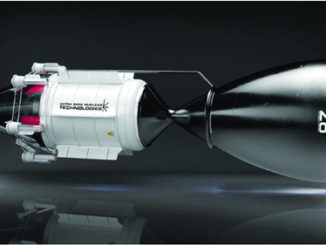
WASHINGTON (TIP): Nasa‘s Curiosity Mars rover is driving towards new uphill destinations to further study ancient, water-rich environments and potential for life on the red planet.
The destinations include a ridge capped with material rich in the iron-oxide mineral hematite, about two-and-a-half kilometres from its current location, and an exposure of clay-rich bedrock beyond that.
These are key exploration sites on lower Mount Sharp, which is a layered mound where the Curiosity rover is studying evidence of ancient, water-rich environments that contrast with the harsh, dry conditions on the surface of Mars today.
“We continue to reach higher and younger layers on Mount Sharp,” said Curiosity Project Scientist Ashwin Vasavada, of NASA’s Jet Propulsion Laboratory in the US.
Hundreds of photos Curiosity took in recent weeks amid a cluster of mesas and buttes of diverse shapes are fresh highlights among the more than 180,000 images the rover has taken since landing on Mars in August 2012.
Newly available vistas include the rover’s self-portrait from the colour camera at the end of its arm and a scenic panorama from the colour camera at the top of the mast.
“Bidding good-bye to ‘Murray Buttes,’ Curiosity’s assignment is the ongoing study of ancient habitability and the potential for life,” said Curiosity Programme Scientist Michael Meyer at NASA Headquarters, Washington.
“This mission, as it explores the succession of rock layers, is reading the ‘pages’ of Martian history -changing our understanding of Mars and how the planet has evolved,” Meyer said.
The latest drill site – the 14th for Curiosity – is in a geological layer about 180 meters thick, called the Murray formation. Curiosity has climbed nearly half of this formation’s thickness so far and found it consists primarily of mudstone, formed from mud that accumulated at the bottom of ancient lakes. The findings indicate that the lake environment was enduring, not fleeting.
For roughly the first half of the new two-year extended mission, the rover team anticipates investigating the upper half of the Murray formation.
“We will see whether that record of lakes continues further,” Vasavada said.
“The more vertical thickness we see, the longer the lakes were present, and the longer habitable conditions existed here,” he said.





Be the first to comment